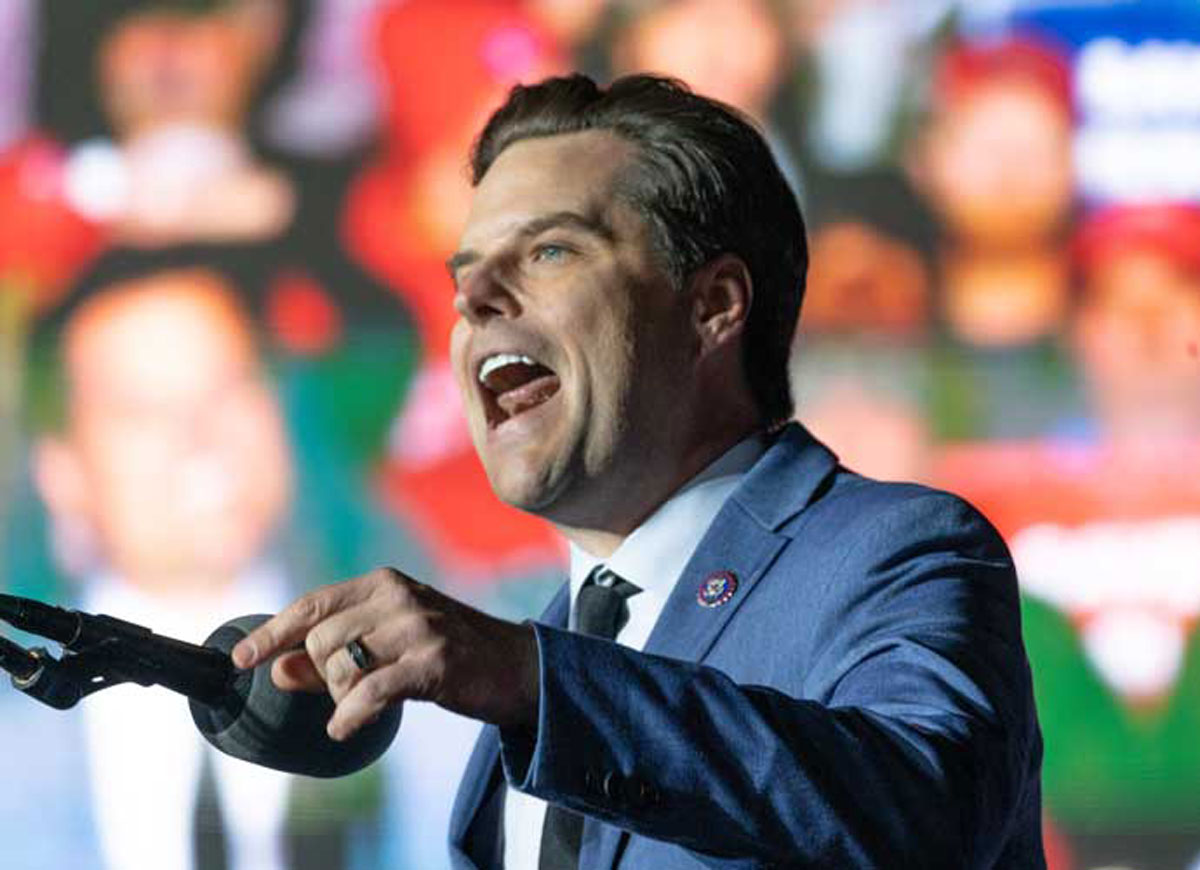'Halt And Catch Fire' Review: A Slow Start To A Promising New Series

3.5/5
With Breaking Bad gone, Mad Men soon to follow, and Walking Dead on hiatus, AMC needs something to fill the void. In Halt and Catch Fire, they return to the period piece genre, focusing on the early 1980s and the rise of the personal computer. The series was created by Christopher Cantwell and Christopher C. Rogers, who also wrote the pilot, though Jonathan Lisco serves as executive producer.
The series follows a trinity of leads, though its primary protagonist – and sometimes antagonist – is Joe MacMillan (Lee Pace). He's a smooth idea-man with slicked hair and a fast car. He's got a mysterious gap of two years where no one, not even his former or current employers, knows what happened to him. He's a smart guy, however, and wants to up the computer game and take on IBM. Pace plays him with a greasy, pushy edge. He's got the attitude of a stereotypical attorney or used car salesman, but the fact that he doesn't lie about who he is tends to make him, strangely, a bit likable. He’s also given to enough self-importance and prone to enough fast-talking that it’s easy to make MacMillan seem like a 1980s Don Draper (Mad Men) by way of Aaron Sorkin.
MacMillan's "Computers aren't the thing. They're the thing that gets you to the thing" is rather close to Don Draper's "Happiness is the moment before you need more happiness," but updated for the 80s paradigm. MacMillan is flashy and loud even when the moment is quiet; he's an early look at what's in store for the rest of the decade, and it's a good thing he's in most of the scenes. The script needs his energy.
Gordon Clark (Scoot McNairy) is the family man of the group. He's also the smartest. By the way he's set up in "I/O," it's clear he's meant to be the audience surrogate here, a through line to get us invested and understand the plot of the series. The problem is that his conflicts — mostly between himself and his wife — are typical. We've seen them played out in fiction a thousand times and the results are always the same: despite common sense, Clark will go ahead and follow his dream (it was even in the commercials!) and despite the strain, his family will support him. Hopefully this was just a way of setting up the character and not a foreshadowing of what his overall arc will be. We've seen it too many times before.
What definitely stands as an interesting point in his character is just how miserable he is in his life. The backstory is simple: he tried to follow his dream before, and it cost his family a lot of money. Now he's lowered himself and has turned to drinking and is generally lazy. That path of self-destruction may have been altered by MacMillan's offer, but hopefully it will return later. After all, the only thing more dangerous than failure is success.
Cameron Howe (Mackenzie Davis) is the breakout character of the series. Not only does she embody 80s style in her hair and clothes, but she also hangs out at arcades with a quarter tied to her belt, references VCRs and predicts the dial-up internet. She's outwardly anti-establishment enough to keep the show from being antiseptic. Cameron is set up efficiently in the first act of “I/O,” which depicts her own knack for brilliance and trouble, as well as the outside the box thinking that gets MacMillan's attention. She's unfortunately missing from the middle of the episode, lost in the Clark family drama and the set up of MacMillan's long-term game. The pacing suffers from her loss, as the tech talk gets painfully precise.
MacMillan serves almost like the Devil on the shoulders of Cameron and Clark. He tempts Clark by appealing to his vanity as well as his intellect, while tempting Cameron with the idea of helping to explore and shape the future of computers. They trust him enough to put their futures in his hands only to realize they could also wind up unemployed or incarcerated. By the end of the pilot, there’s little trust and a great deal of heat on the three of them. He’s manipulating them both for his own gain, but he’s also manipulating them into being better versions of themselves. It’s a subtle card that I’m glad they haven’t overplayed; it will likely develop throughout the season.
A distracting piece in all of this is the company MacMillan and his friends currently work for. It’s run by a group of Texans — we know this because their accents are overwrought, they wear cowboy hats and they outright tell us they’re Texans no fewer than four times in the span of the episode. Indicated by the setup in the pilot and the promos for the season, the corporate Texans will play a large role going forward and will hopefully have greater definition than the Lone Star State guys that yell for the sake of it.
The last act involves a number of character and plot twists which helps stir the audience back to life after the thrill that is discovering how technology works in vast detail. (Useful tip: take a shot after anyone says "chip" in show; it'll help move things along.) The episode wraps up by pulling its leads together, only for a much larger conflict to emerge: not only is IBM gunning for them, but so is their own employer. Other items – the definite power struggle between MacMillan and Clark, MacMillan's prior disappearance and Cameron's unpredictability – leave enough threads hanging to warrant watching more episodes.
The Americans, basic cable’s other 80s drama, makes for an excellent companion piece for Halt and Catch Fire. They’re both taking place within a year of each other, and both are dealing with the advent of computers and how they’re changing the world slowly but surely. If the decade was about a certain level of indulgence and decadence, both keep their reference measured. Both are series that happen to take place in the not too distant past and are defined by the decade, but neither uses it as a gimmick. That takes a great deal of creative self-control, and if Halt and Catch Fire can stand up next to a show like The Americans then it’s worth giving a chance.
Halt and Catch Fire airs Sundays at 10 p.m. on AMC.
RELATED ARTICLES
Get the most-revealing celebrity conversations with the uInterview podcast!







Leave a comment